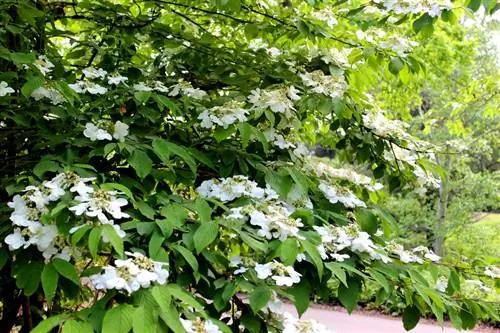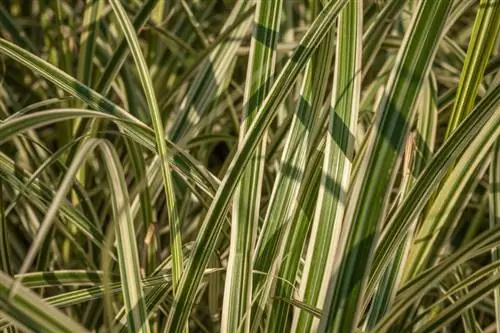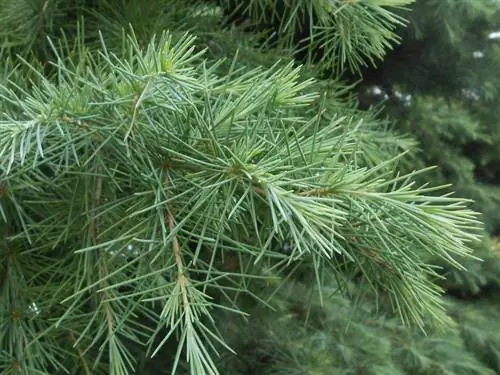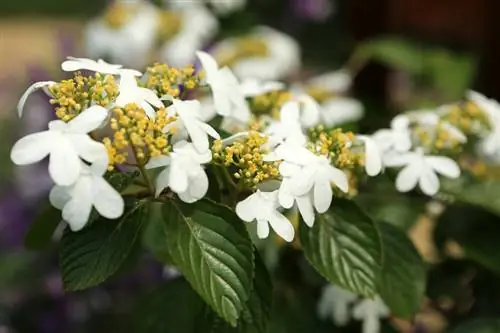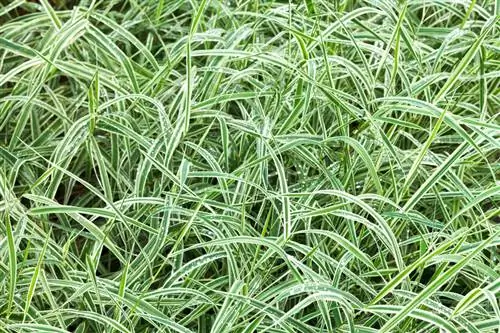- Author admin [email protected].
- Public 2023-12-16 16:46.
- Last modified 2025-01-23 11:20.
The Japanese snowball looks most natural if you simply let it grow. However, sometimes it is necessary to shape the shrub - especially if it is growing in a container. What you need to consider when cutting Japanese snowball.

How do I cut a Japanese snowball correctly?
When cutting the Japanese viburnum, careful pruning after flowering is recommended, especially for container plants. Use clean garden tools and remove spent flowers, diseased shoots and old shoots. Rejuvenate the plant in stages to maintain its he alth and flower production.
When is cutting necessary?
Many gardeners swear that a Japanese viburnum looks best when it is not cut at all. However, it is usually not possible to completely avoid cutting. Regular pruning is particularly advisable for potted plants:
- care cut
- pruning
- Rejuvenation
When caring for it in the pot, cut back the Japanese viburnum carefully every year after flowering. It is important that the plant gets enough air and light inside.
You should always remove faded flowers and diseased shoots straight away, regardless of whether the snowball is growing in a pot or outdoors.
Rejuvenate Japanese snowball in stages
After three to four years it is time to rejuvenate the Japanese viburnum by pruning. The rejuvenation cut must be carried out carefully so that the plant does not suffer and develops many flowers despite cutting.
Spread the rejuvenation cut over three years. Cut back a third of the bush at a time. Make sure you remove the shoots evenly so that the snowball retains a nice shape.
Never cut young shoots, limit yourself to the old shoots.
Important Notes on Cutting Japanese Snowball
- Never cut into old wood. The plant can't tolerate that at all.
- Perform the pruning carefully. Only cut a few shoots at a time.
- Place the pruning shears (€14.00 on Amazon) as short as possible above an outward-facing eye.
- Start cutting in the middle and work outwards.
- You can cut the Japanese snowball back to 50 centimeters.
Use clean equipment and gloves
To care for Japanese viburnum, use clean garden tools that you have cleaned beforehand.
Some varieties have a skin-irritating effect due to small hairs on the undersides of the leaves. That's why you should always work with gloves.
Tip
The Japanese viburnum blooms from May to June and occasionally into autumn, i.e. later than other viburnum species. The cut therefore only takes place from June and not in spring.

